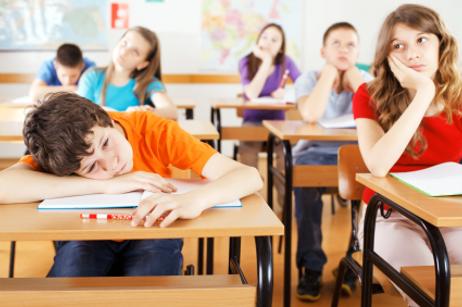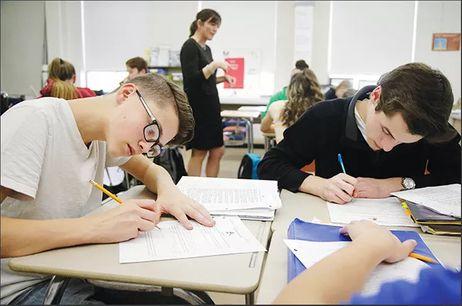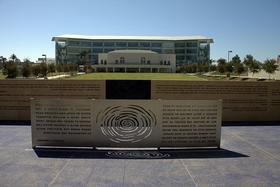There are nearly 50 million students enrolled in U.S. public schools and another 6 million who attend private schools. Depending on where you live, you may have the option to choose where you send your child to school, but how do you make a smart choice? The first step is to learn the difference between the different types of public and private schools. Once you have a deeper understanding of the options, you can think about your child’s individual needs and preferences to make the smart choice. Keep reading to learn about traditional public, charter, and magnet schools in particular.
The Pros and Cons of Public School
A public school is one that receives funding from local, state, and federal government funds which means that they are required to admit students who live within the district. A private school, on the other hand, is one that gets its funding from a private organization or from private individuals. This means that they are able to choose which students they do and do not admit based on whatever criteria they decide.
While private schools do have their advantages, you can tell by the statistics already mentioned that more students attend private school than public school. But what are the pros and cons of public school, and what are the different types? Below you will find an overview of the pros and cons of public school and the following section will provide information about two types of public schools – charter


















